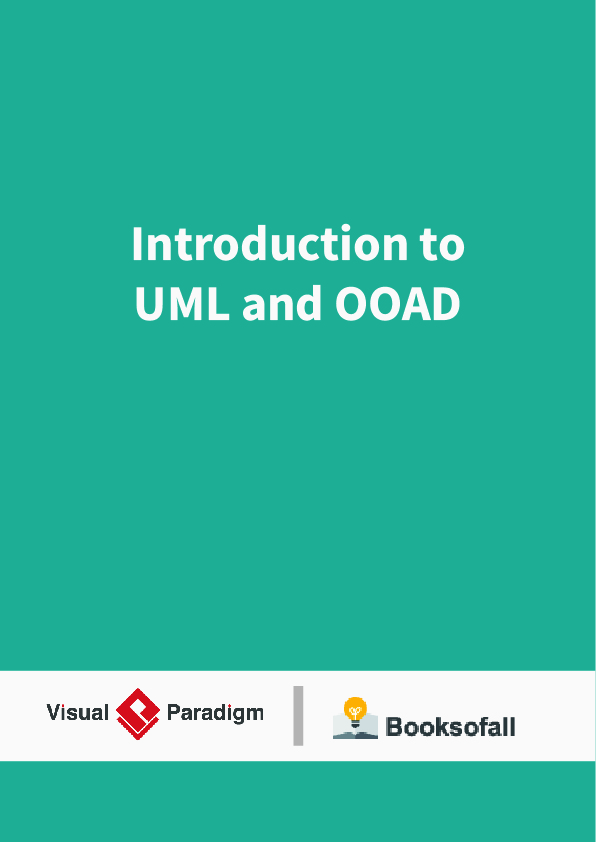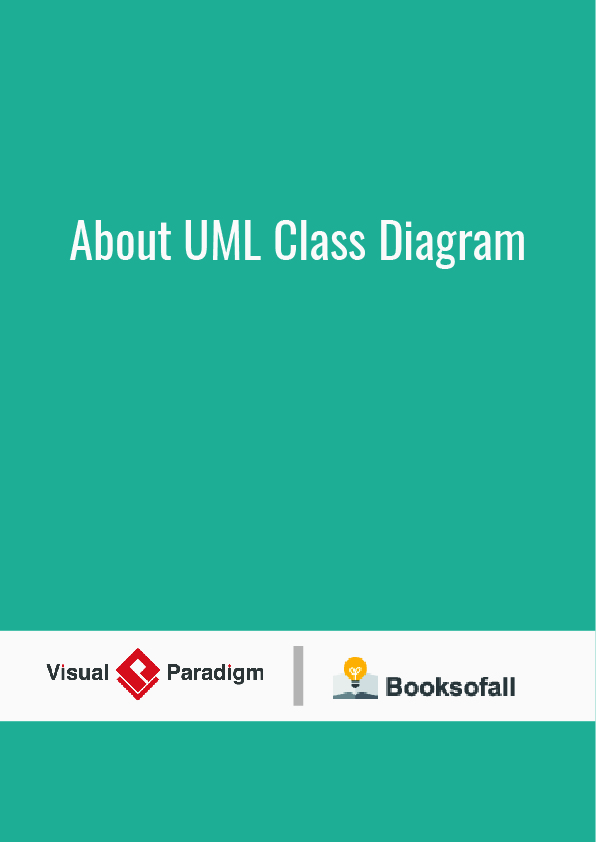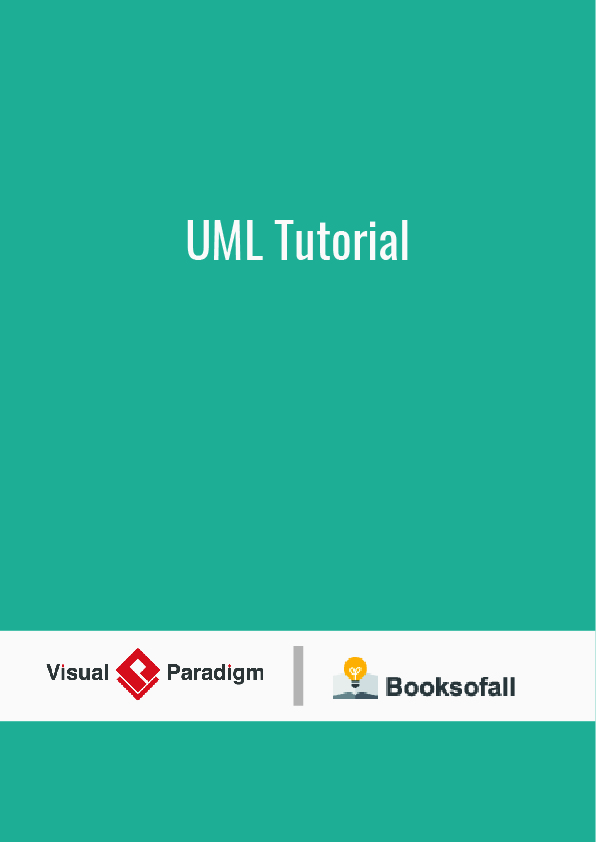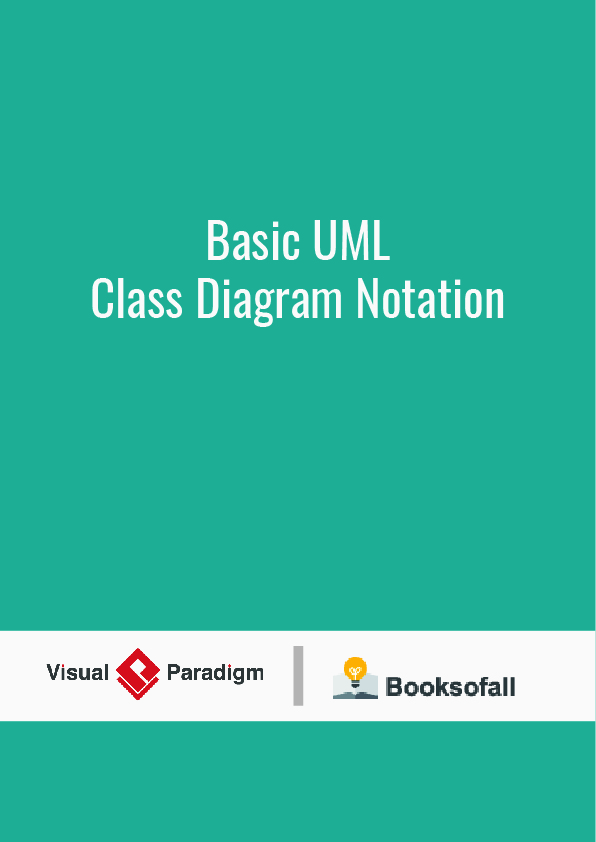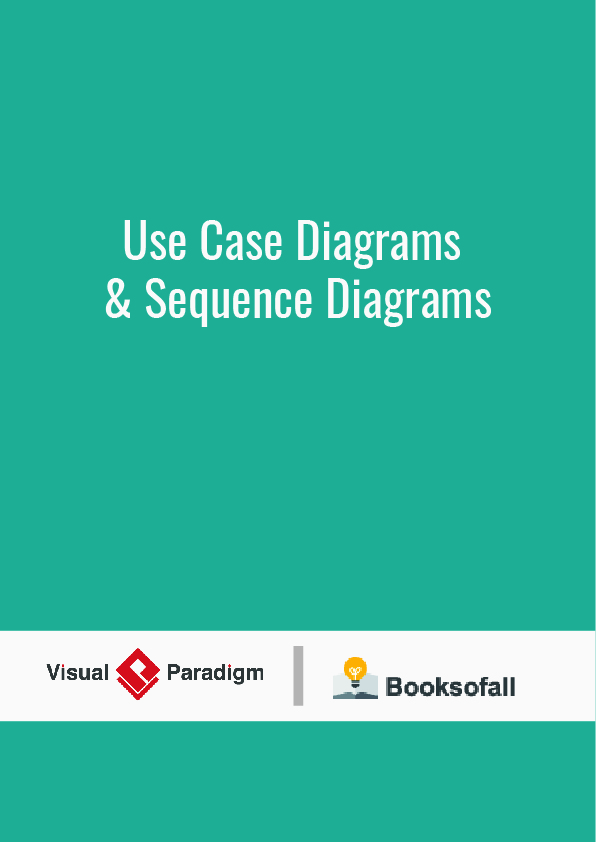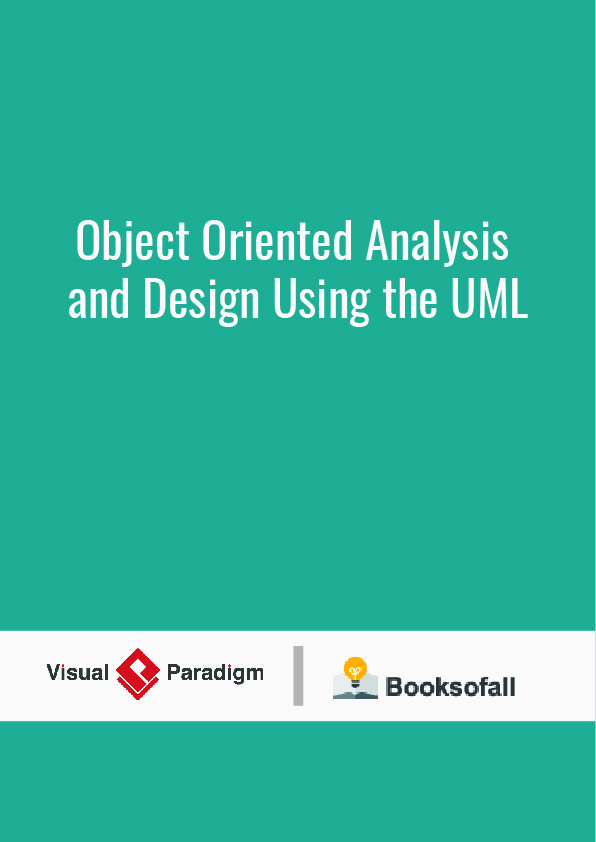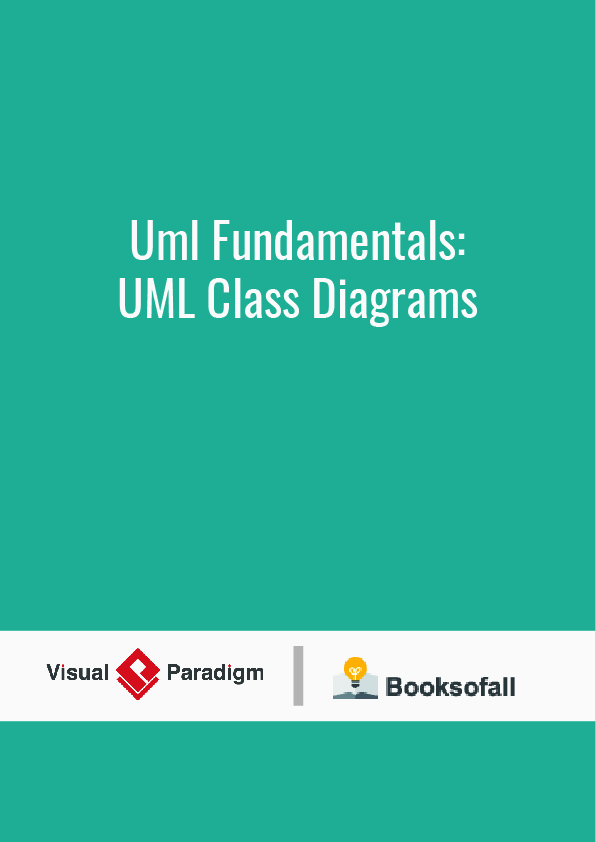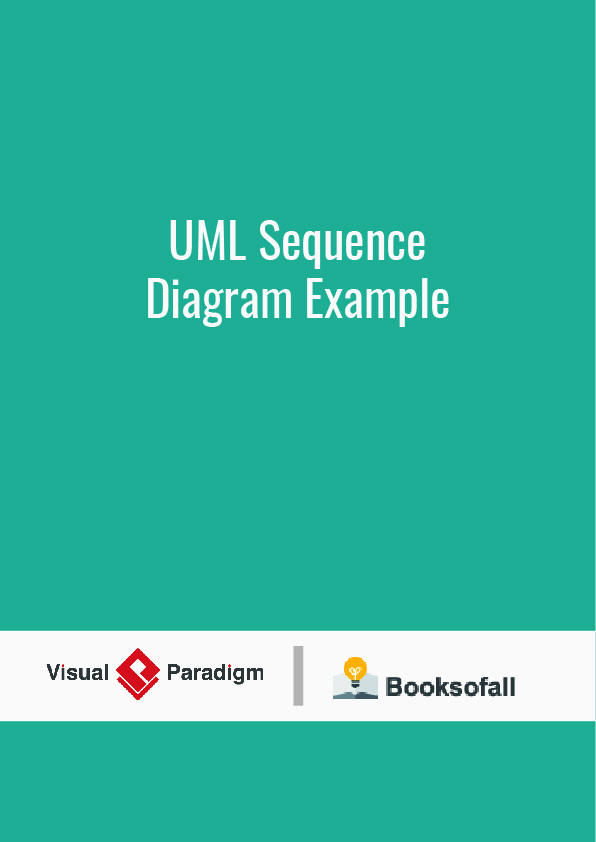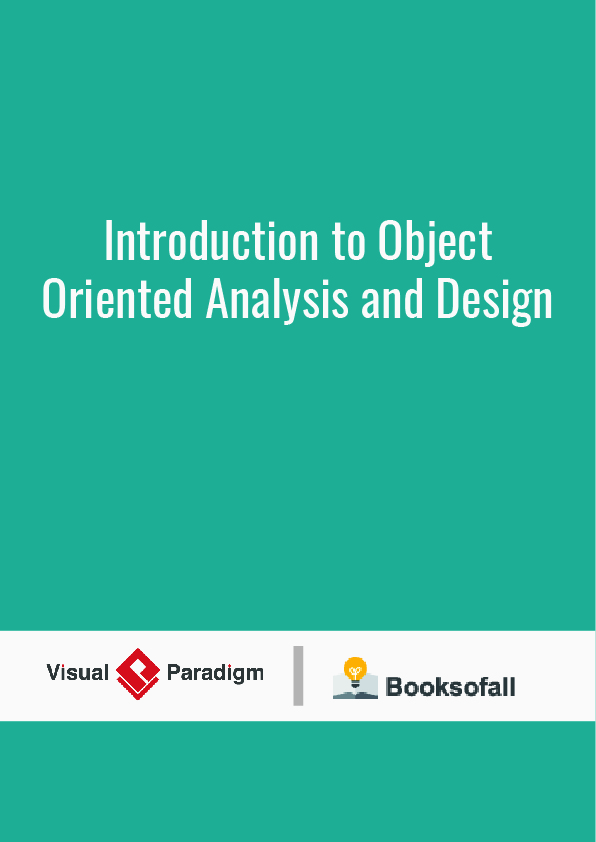INTRODUCTION TO OOAD
ANALYSIS
Analysis is a creative activity or an investigation of the problem and requirements.
Eg. To develop a Banking system
Analysis:
- How the system will be used?
- Who are the users?
- What are its functionalities?
DESIGN
Design is to provide a conceptual solution that satisfies the requirements of a given problem.
Eg. For a Book Bank System
Design:
- Bank(Bank name, No of Members, Address)
- Student(Membership No,Name,Book Name, Amount Paid)
OBJECT ORIENTED ANALYSIS (OOA)
Object Oriented Analysis is a process of identifying classes that plays an important role in
achieving system goals and requirements.
Eg. For a Book Bank System, Classes or Objects identified are Book-details, Student-details, Membership-Details.
OBJECT ORIENTED DESIGN (OOD)
Object Oriented Design is to design the classes identified during analysis phase and to provide
the relationship that exists between them that satisfies the requirements.
Eg. Book Bank System
- Class name Book-Bank (Book-Name, No-of-Members, Address)
- Student (Name, Membership No, Amount-Paid)
OBJECT ORIENTED ANALYSIS AND DESIGN (OOAD)
- OOAD is a Software Engineering approach that models an application by a set of Software Development Activities.
- OOAD emphasis on identifying, describing and defining the software objects and shows how they collaborate with one another to fulfill the requirements by applying the object oriented paradigm and visual modeling throughout the development life cycles.
UNIFIED PROCESS (UP)
The Unified Process has emerged as a popular iterative software development process for building object oriented systems. The Unified Process (UP) combines commonly accepted best practices, such as an iterative lifecycle and risk-driven development, into a cohesive and welldocumented description. The best-known and extensively documented refinement of the Unified Process is the Rational Unified Process(RUP).
Reasons to use UP
• UP is an iterative process
• UP practices provide an example structure to talk about how to do, and how to learn OOA/D.
Best Practices and Key Concepts in UP
• Tackle high-risk and high-value issues in early iterations
• Engage users continuously for evaluation, feedback, and requirements
• Build a cohesive, core architecture in early iterations
• Apply use cases
• Provides visual modeling using UML
• Practice change request and configuration management.
UP PHASES
There are 4 phases in Unified Process,
- Inception
- Elaboration
- Construction
- Transition
INCEPTION
Inception is the initial stage of the project. Inception is not a requirements phase but it is a feasibility phase where complete investigation takes place to support a decision to continue or stop . It deals with
- Approximate vision
- Business case
- Scope
- Vague estimates
ELABORATION
In Elaboration phase the project team is expected to capture a healthy majority of the system requirements It deals with
- Refined vision,
- Iterative implementation of the core architecture,
- Resolution of high risks,
- Identification of most requirements and scope,
- Realistic estimates.
CONSTRUCTION
Construction phase encompasses on iterative implementation of the remaining lower risk and easier elements, and preparation for deployment.
